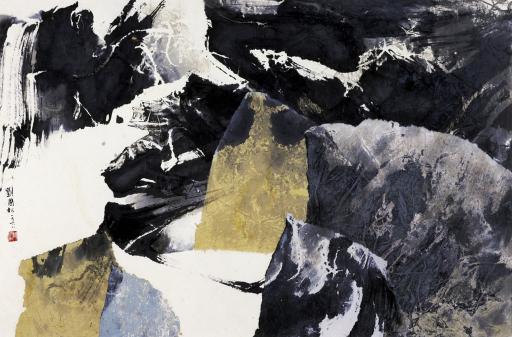Yellow and Gray, Liu Guosong
Artwork Overview
Liu Guosong, artist
born 1932
Yellow and Gray,
1968
Where object was made: Taiwan
Material/technique: paper; collage; ink
Dimensions:
Image Dimensions Height/Width (Height x Width): 60.2 x 91.5 cm
Image Dimensions Height/Width (Height x Width): 23 11/16 x 36 in
Frame Dimensions (Height x Width x Depth): 32 7/8 x 44 3/4 x 1 1/4 in
Weight (Weight): 15 lbs
Image Dimensions Height/Width (Height x Width): 60.2 x 91.5 cm
Image Dimensions Height/Width (Height x Width): 23 11/16 x 36 in
Frame Dimensions (Height x Width x Depth): 32 7/8 x 44 3/4 x 1 1/4 in
Weight (Weight): 15 lbs
Credit line: Gift from the Ssu-ch'uan-ko Collection
Accession number: 1978.0170
Not on display
If you wish to reproduce this image, please submit an image request




